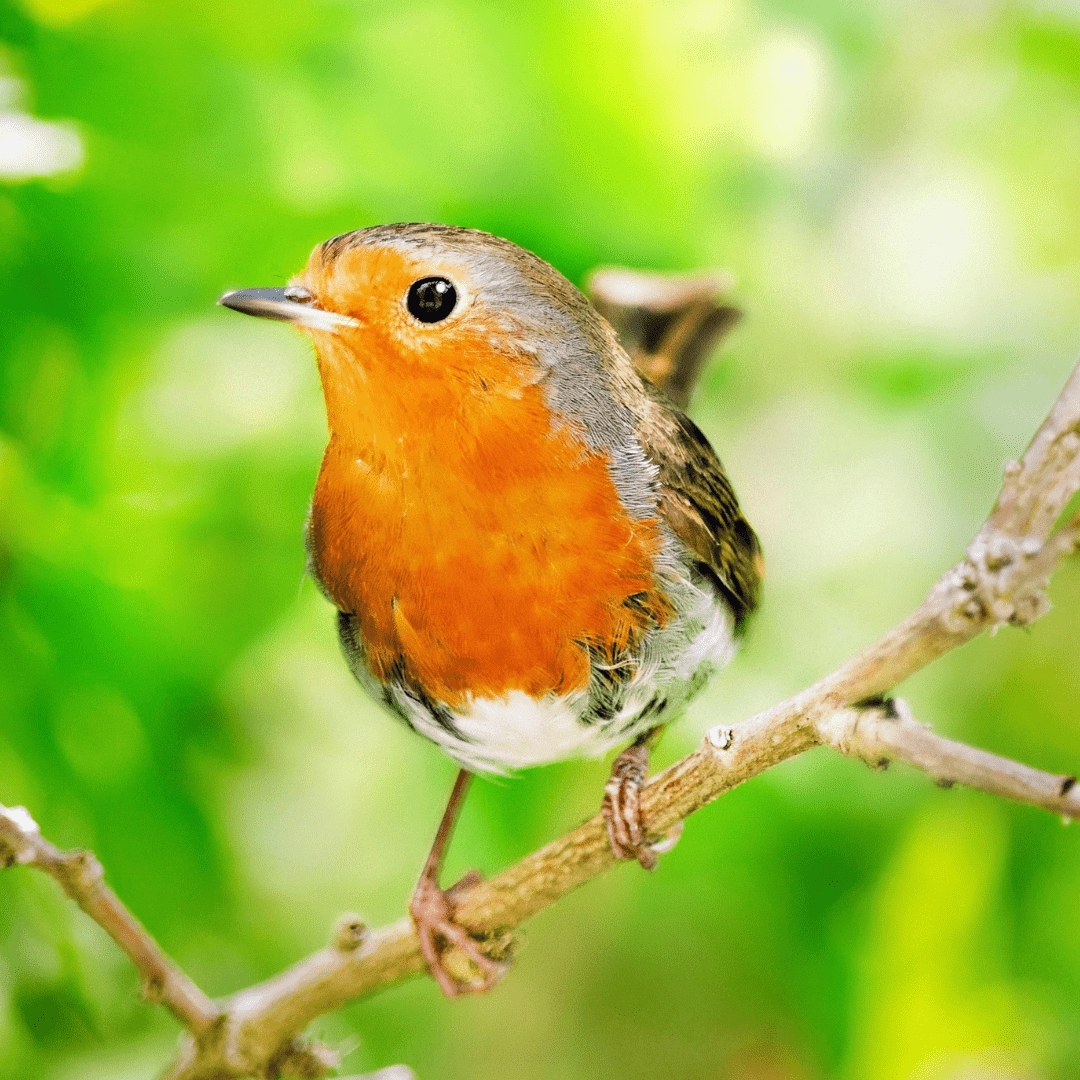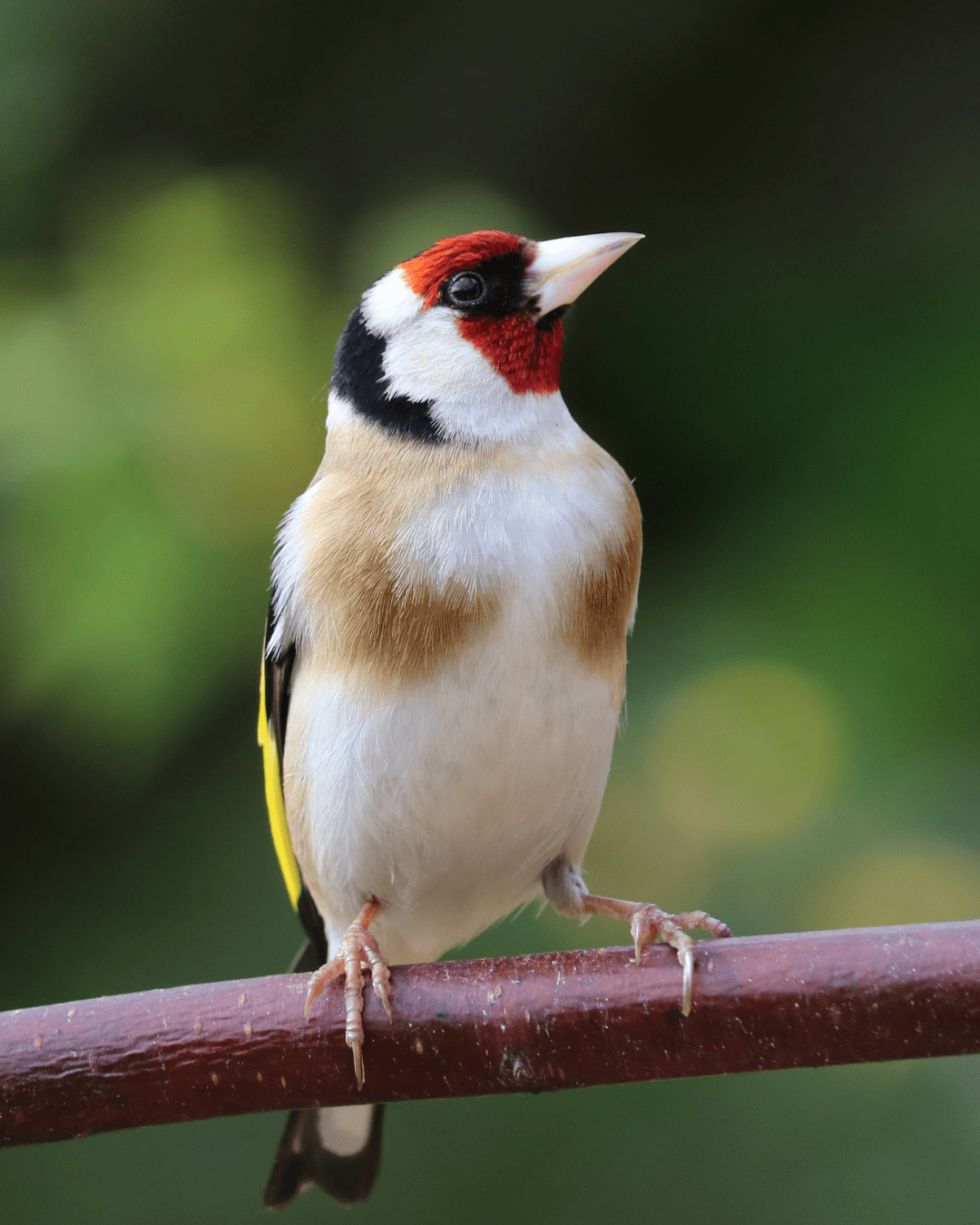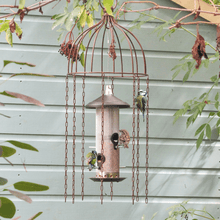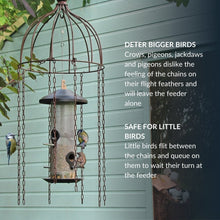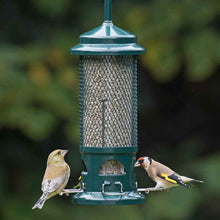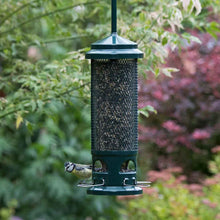A Garden Birdwatcher’s Guide to the Wren

The wren can be found all over the British Isles, most often scurrying under bushes and hedges in search of spiders and insects. These pretty little birds are delicate in almost every way – their nests are fragile, their bills are fine and well-suited to probing into crevices, and they’re incredibly light. Only the firecrest and goldcrest are smaller, and the wren weighs about the same as a £1 coin.
But while they may be small and secretive, the wren is anything but quiet. Pound for pound, they have the loudest song of any British bird, a powerful burst of trills and whistles that carries much further than you’d expect from such a shy creature. In fact, you’re more likely to hear a wren before you ever spot one, especially in dense shrubbery or low hedgerows where they prefer to hide away.
Wrens will happily use a nest box, and in winter, as many as sixty birds have been known to roost together in one for warmth. They’re polygamous breeders – the male builds six to twelve dome-shaped nests from moss, grass and leaves, and then waits for a female to inspect his work. If she approves, she lines her chosen nest with feathers and lays up to two clutches of five to nine eggs. She incubates them alone for around 13 to 18 days, and the chicks usually fledge by the time they’re 20 days old.
Despite their adaptability, wrens are vulnerable to harsh weather. Their tiny size means they lose heat quickly, and a particularly cold winter can reduce the population by as much as 25 percent. Even so, they remain one of Britain’s most abundant birds, with an estimated seven million territories across the UK. Most of our native wrens stay put all year round, but Swedish wrens have been recorded migrating up to 2,500 kilometres to escape freezing conditions.
These bold little birds have inspired a surprising amount of folklore for their size. Wren Day is an Irish celebration held on St Stephen’s Day (26 December), when costumed ‘wren boys’ would traditionally parade through the streets carrying a captured wren and collecting money from the villagers. Though the practice has long changed and a fake wren is now used, the festival still takes place in parts of Ireland and was once common across the British Isles, as well as in Spain and France.
The wren also makes an appearance in ancient legend. In one Greek myth, the birds held a competition to see who could fly the highest. The mighty eagle soared above them all, only for a clever wren – who had hidden under his wing – to emerge at the last second and fly a little higher. The wren was crowned King of the Birds for its cunning. Another tale, more local in flavour, tells of a robin and a wren flying into hell to fetch fire for the villagers, who had kindly left them water in a bitter winter. Their bravery earned them a place in the rhyme:
The robin redbreast and the wren,
Are God Almighty’s cock and hen.
Ready to deepen your connection with the birds in your garden? Discover more about your feathered friends and how to attract them to your space with Amidst the Birdsong: A Garden Birdwatcher's Journal. This beautifully crafted journal is the perfect companion for anyone looking to observe and learn about the birds visiting their garden. Start your birdwatching journey today – click here to learn more.




